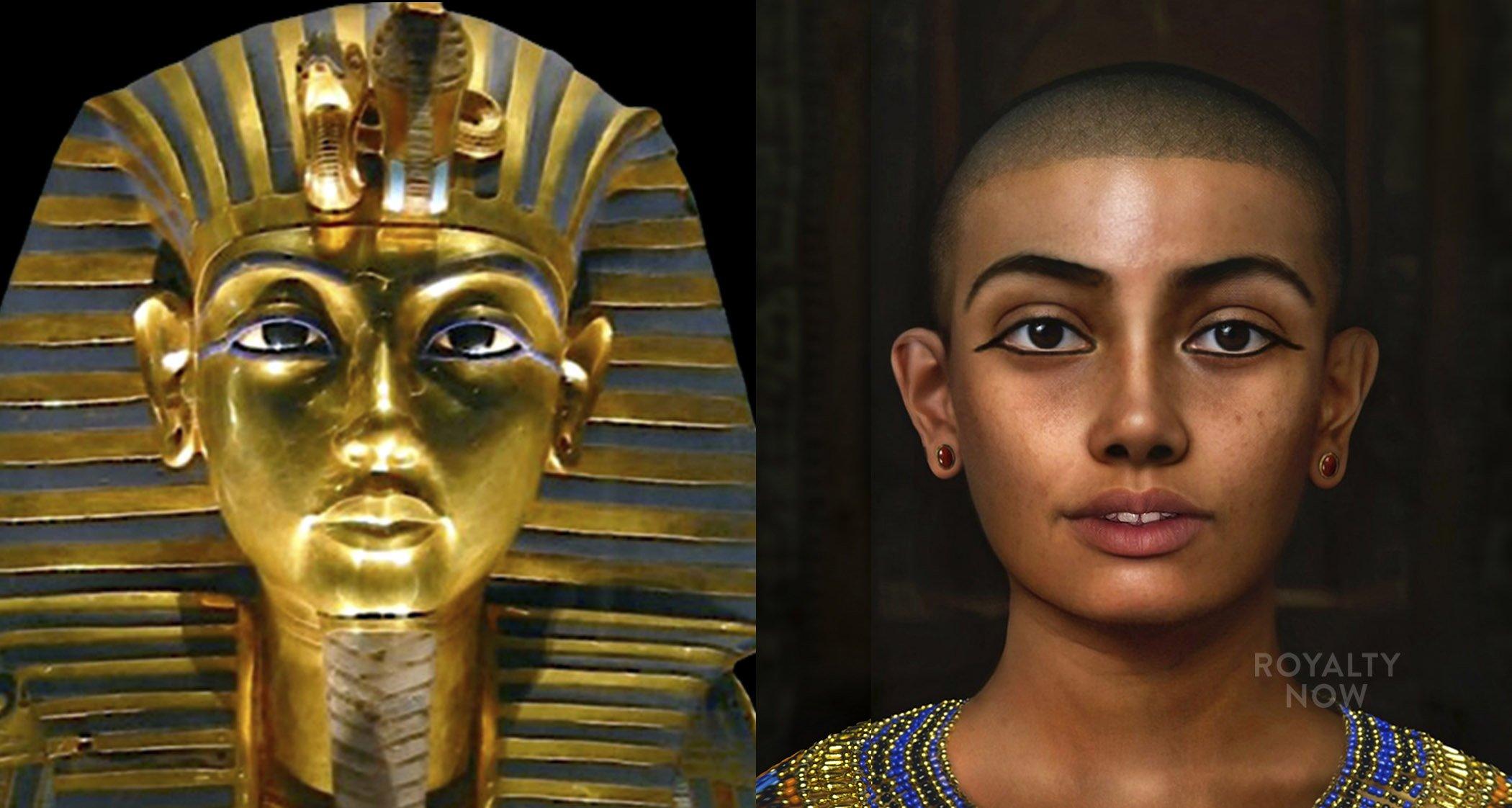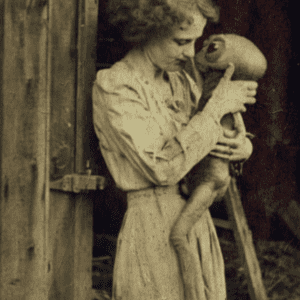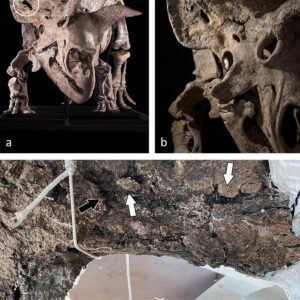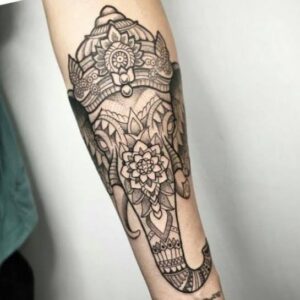What was King Tut’s appearance like?

The Tale of Tutankhamun
Nearly a century ago, British archaeologist Howard Carter unearthed a staircase in the Valley of the Kings. The very next day, he followed the stairs and was thrilled to find an undiscovered tomb, with its inner door still sealed – an extremely rare treasure.
Within it rested the Boy King Tutankhamun, a pharaoh who had reigned for only 10 years – a pivotal figure in historical context. It was a discovery for the ages, one that revealed thousands of perfectly preserved Egyptian antiquities and captivated the public imagination.
Today, we will delve into what we know about King Tut’s history, his mummy, and then explore the course of events to reveal what he may have looked like.
King Tutankhamun was born in Egypt around 1341 B.C.E, during what’s referred to as the New Kingdom period. This period introduced some of Egypt’s most famous Pharaohs, such as Hatshepsut, Thutmose, and Akhenaten.
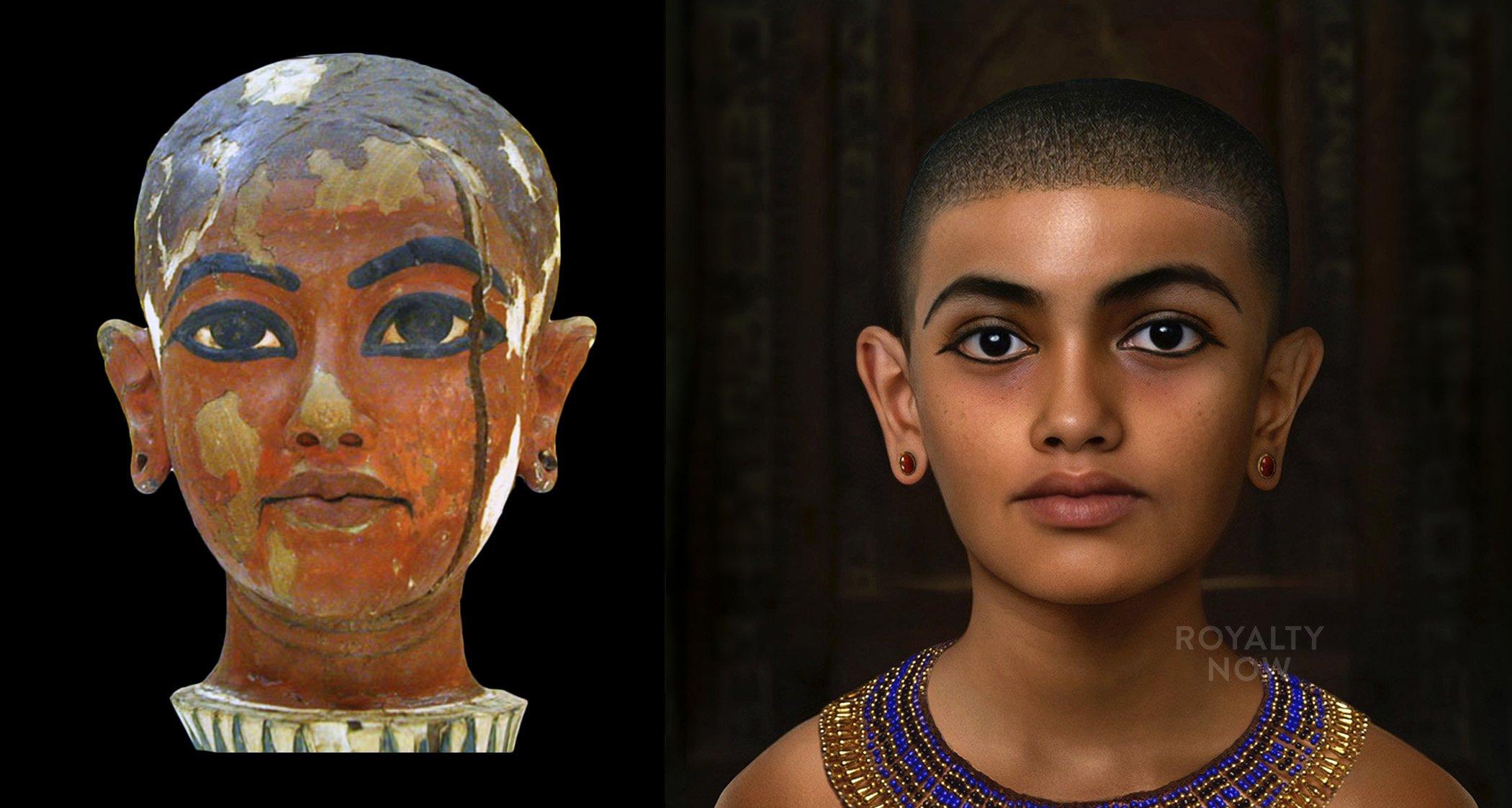
Tut’s biological mother’s actual identity is unknown, but we do have her mummy. Genetic analysis indicates she is likely the ‘Younger Lady’ found in tomb KV55 – who was found to be the full sister of her husband, Akhenaten.
The only real reason for Tut’s notoriety is his tomb – before its discovery, Tutankhamun was barely a footnote in most Egyptian histories. We don’t actually know much about his reign. Ascending the throne at around age 9, he would have been too young to rule truly alone. He likely relied heavily on his advisors.
The young king had inherited a country in turmoil – weak and fractured from the reigns of his predecessors. This was Tut’s main agenda as king: Reversing his father’s radical reforms. As he ascended the throne, he changed his name officially from Tutankhaten to Tutankhamun, reversing the association to Aten, the Sun God. A carving found at Karnak indicates Tut’s unhappiness with his father’s policies, stating ‘The Gods were in ignorance this land’ because of his father’s follies.
The goal was to provide stability to a fragmented Egypt. During his reign, he commissioned new statues and building projects, and also moved the capital of Egypt back to Thebes. He restored temples and sculptured works that had been damaged by Akhenaten. We know that Egypt saw war during his time as King – His tomb was found to contain armor and other military items, although it’s unclear if Tut himself used them.
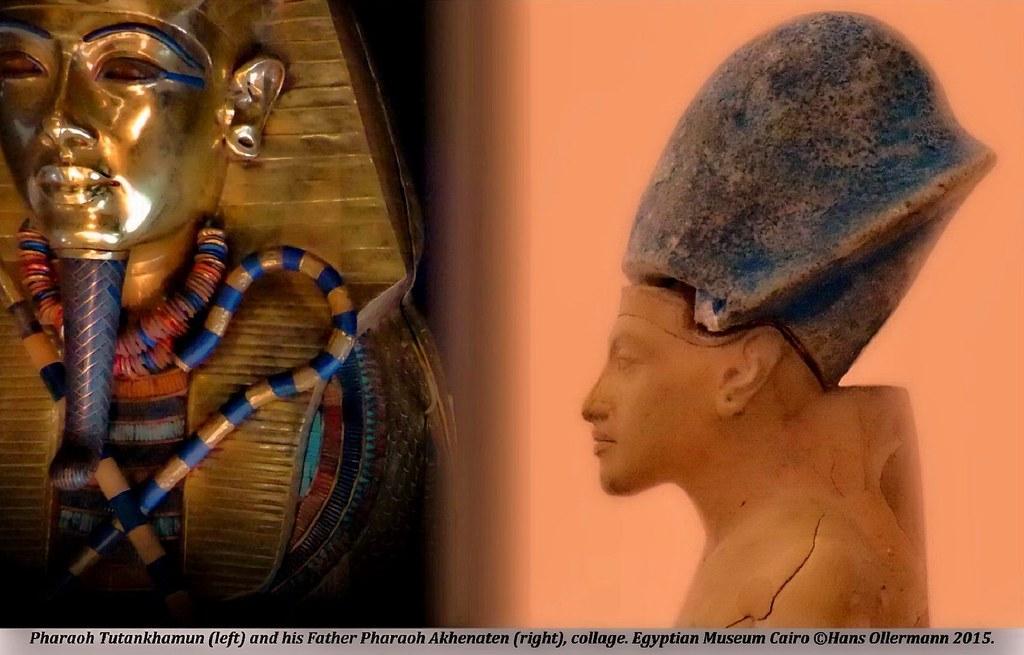
Tut was married to his half-sister, Ankhesenamun. The couple were unlucky, having two daughters who both died in infancy (likely stillborn) and no known offspring to inherit the throne. His death marked the end of his royal line.
Tutankhamun died in 1323 B.C.E, around the age of 18 or 19, and was buried in a modest tomb in the Valley of the Kings.
Discovery of the Tomb
Three thousand years later, Howard Carter, under the patronage of British Lord Carnarvon, went looking for it. Carter had been excavating the Valley of the Kings for a few years when he set his sights on finding the boy-king’s tomb. He believed that there was one more undiscovered tomb in the valley, probably buried under piles of debris from other excavations.
Lord Carnarvon was growing impatient – he told Carter that 1922 would be the last season of funding he would receive.
But finally, in November, Carnarvon received an excited telegram from Howard Carter. ‘At last I’ve made a wonderful discovery in the Valley – a magnificent tomb with seals intact.’ The tomb would become known as KV-62.
Tut’s tomb was found during what can only be described as the wildest age of Egyptology. At this time, the British occupied Egypt but didn’t officially own it. Unfortunately, the entire mess seemed to cloud the importance of the tomb’s discovery for the British authorities. Nevertheless, the entire media storm around the tomb’s discovery fully circumscribed Egyptian authorities. In fact, the Egyptian government seemed to have no say at all in the excavation. Carnarvon even signed an exclusive rights contract with the Egyptian museum, and not to the British or Metropolitan Museums as originally promised.
Some even thought the justice extended even further: Lord Carnarvon died mysteriously just four months after entering the tomb. Journalists in the 1920s were swift to capitalize on the ‘Curse of the Pharaohs.’ They attributed over a dozen deaths to the curse, although later studies showed that most people who entered the tomb lived long and healthy lives, debunking the curse as mere sensationalism.
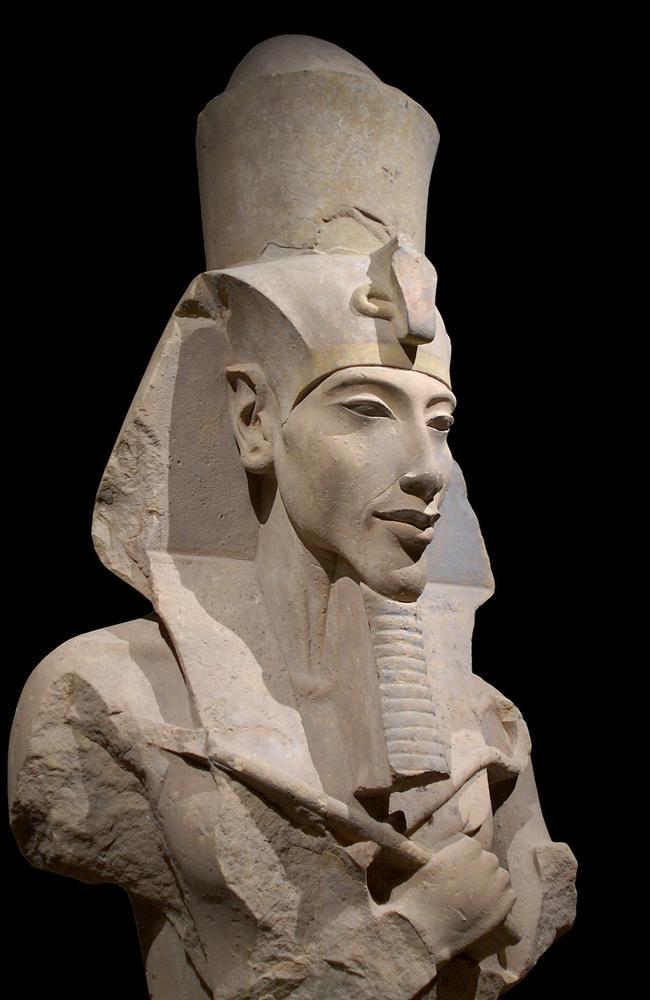
Several mysteries surrounded the excavation. The riches they found were unimaginable. One specific puzzle was a magnificent irons dagger made centuries before humans had even invented iron forging. It was found to have been a celestial object with a blade so sharp it had fallen to Earth from the stars. A golden disk depicted the moment when Twt discovered his wife’s treason. A broken-down chariot, once used by the ancient gods, was also among the unearthed items. The riches included a library of papyrus scrolls, revealing hidden knowledge about ancient Egypt.
While these objects are magnificent, there is still a sense of historic revival. But inside the tomb are also a few utterly human, heartbreakingly touching details. A wreath of flowers was found around the sarcophagus, which Carter said still retained their color after 3000 years. Two tiny baby mummies, Tut’s two stillborn daughters, were placed near him. The tomb also contained his childhood toys, buried with him. Many of the items show ducks, an animal which he seems to have loved, which is also important to Egyptian society.
Unfortunately, the mummy itself was very damaged. In fact, it was actually charred. It’s thought that a high amount of oil used on Tut’s body during burial burned before it was even opened.
Additionally, Carter and his team were not gentle. They ended up basically chiseling the mummy out of the coffin, resulting in massive damage.
The trauma on the mummy, which we now know was sustained after death and burial, was what caused scholars at some points to believe Tut was brutally murdered. And many of the injuries and mysteries still swirl around his mummy and burial.
It’s highly debated whether or not Tut’s tomb was actually meant for him, since it appears to have been hastily finished. Professor Ralph Mitchell analyzed some mysterious brown spots along the walls of the tomb, which he found to be microbes – bacteria that had grown when the tomb was sealed with wet paint still drying inside.
Some scholars believe the burial site and objects were originally intended for someone else – perhaps Nefertiti, his sister Meritaten, or another high-ranking official.
Others believe that the unusual small tomb is just an annex, leading to more chambers. However, more recent radar surveys suggest this is not the case.

What was the extent of Tutankhamun’s illness, and what were the circumstances surrounding his death?
While we know that Tutankhamun was indeed inbred, there’s no definitive evidence suggesting he suffered from as severe health issues as some earlier speculations suggested. His death is more likely attributed to various factors, including potential complications from a leg fracture, rather than solely due to his genetic lineage.
A 2010 study largely confirmed what we know about Tut’s body and health. It was found that he suffered from Kohler Disease, which could impair his ability to walk and may have caused swelling and pain in his feet. This is supported by the bone analysis showing signs of use, although Professor Salima Ikram suggests the use of these bones was very light. He may have also suffered from familial epilepsy, which would have caused seizures.
But then, in reliefs, Tut is sometimes shown sitting instead of standing for activities like hunting. So it’s difficult to determine the severity of his conditions.
Unfortunately, there is a lot we may never truly know about Tut – his mummy was simply too damaged and his time in history too shrouded in mystery.
So, what do we know about how he would have looked in real life?
We know that he stood about 5’6″ and was fairly skinny. Professor Hutan Ashrafian says he would have had a pronounced overbite and been relatively frail. It’s been suggested that the images of King Tut were likely fashioned based on his own perception and understanding of what he should look like in accordance with the prevailing artistic conventions of his time. Zahi Hawass believes that the burial mask is probably the closest representation of him, although it’s important to note that mummy tissues shrink by around 50%, which can lead to some discrepancies in physical appearance.
Professor Salima Ikram told LiveScience: “I think that he looked as he was represented, except that he had more of an overbite.”
We don’t have a ton of images of King Tut, but because of how short his reign was, they all look remarkably consistent. I’m going to use his famous burial mask as well as the imagery of him found in the tomb as a reference. This small effigy was made to represent him as a child, and it shows him emerging from a lotus flower, symbolizing rebirth.
We don’t know the exact skin tone or eye color of Tutankhamun. It’s been deduced from his genome and skeletal remains that he could be considered North African. Nowadays, people in the modern-day Northern African region exhibit a range of skin tones and hair textures. I’ve tried to stay close to what the population represents, having a tan reddish tone. Just know this is only one possibility.
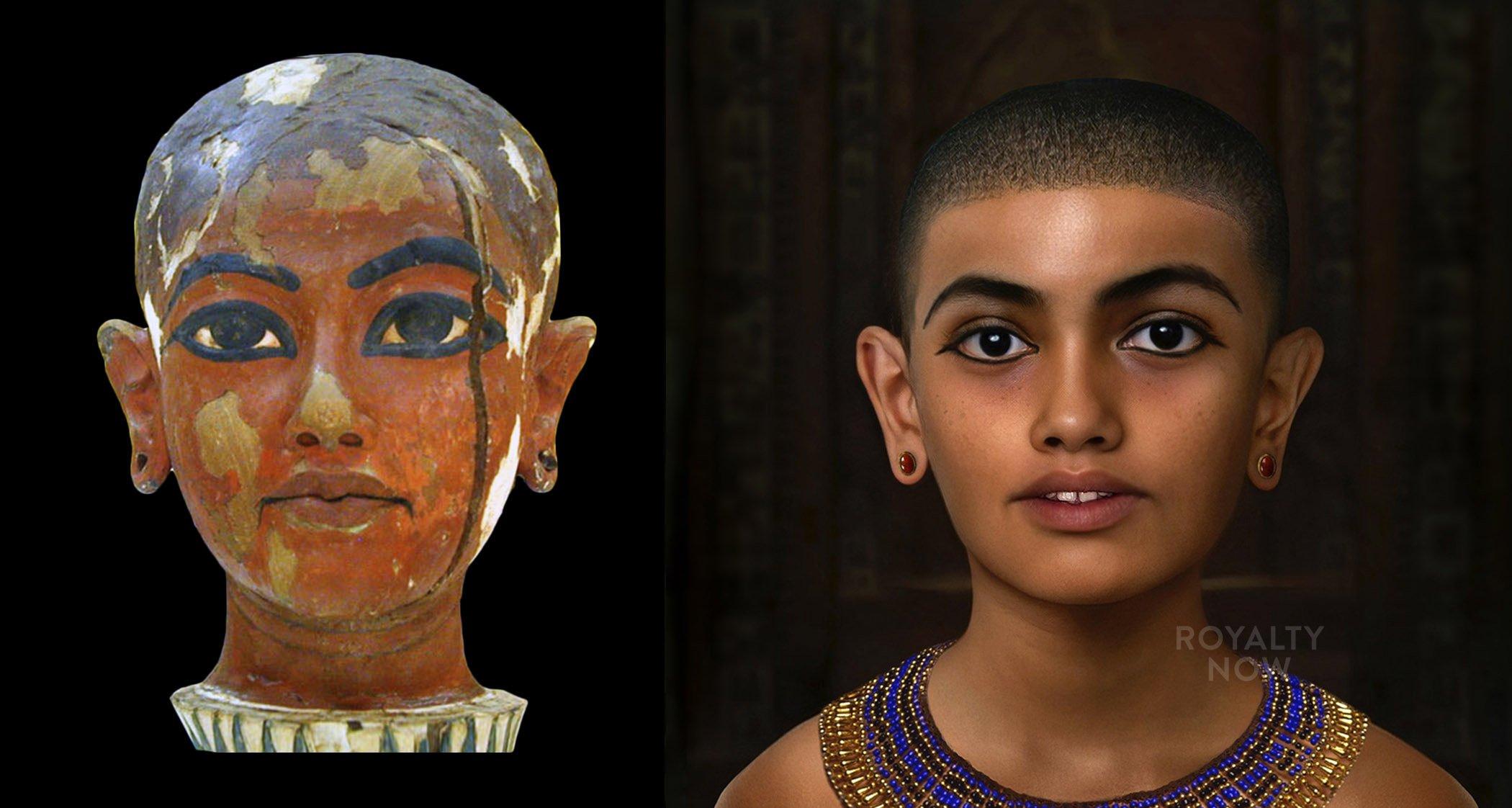
Re-creations of King Tut with an overbite and buckteeth, revealed in X-rays and CT scans of his mummy.
